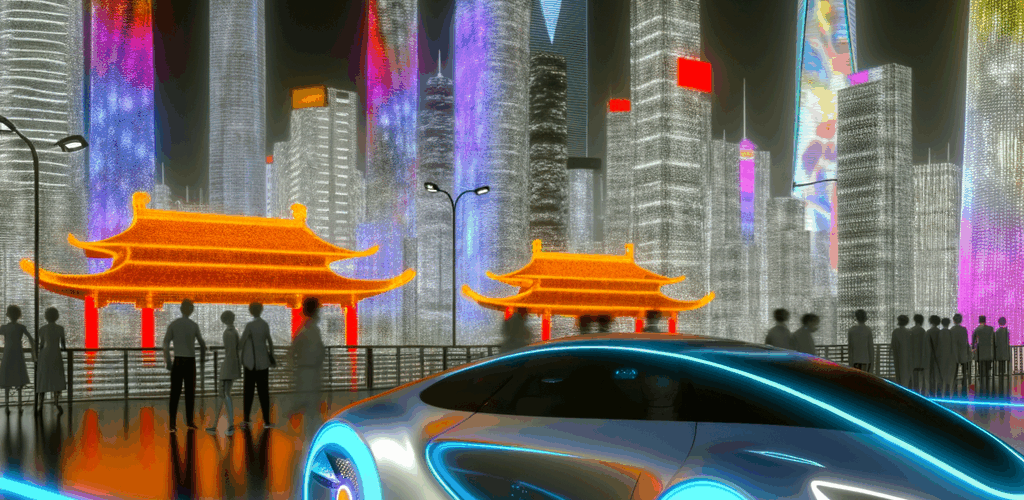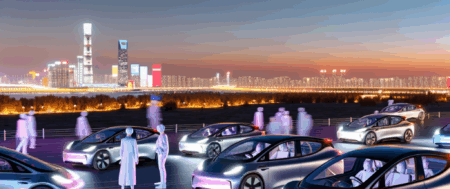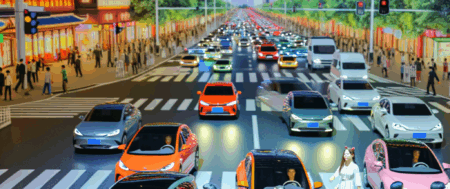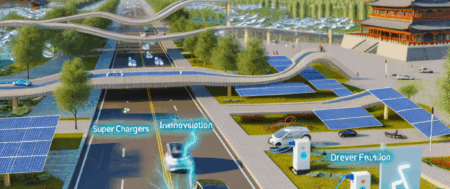China has emerged as the top player in the global automotive industry, hosting the largest automotive market due to its growing economy, rapid urbanization, and an expanding middle class. The country leads in the Electric Vehicles (EVs) and New Energy Vehicles (NEVs) sectors, fueled by environmental concerns and strong government incentives. Strategic partnerships, or joint ventures, between foreign automakers and domestic car brands are crucial in navigating the regulatory landscape and aligning with consumer preferences. These collaborations, alongside government incentives, drive market competition and technological advancements, positioning China as a key influencer in the automotive world’s future, particularly in innovation within the EVs and NEVs domains.
In an era where innovation accelerates at the speed of light and environmental concerns dictate a significant shift in consumer behavior, the China automotive market stands as a colossal titan steering the global industry’s future. Holding the title of the Largest Automotive Market, China’s journey to the apex of automotive supremacy is a testament to its rapidly growing economy, the explosive rise of its middle class, and relentless urbanization efforts. This article, “Revving Up Innovation: How China Became the Top Player in the Global Automotive Arena,” delves into the intricate engine that powers China’s dominance in the automotive sector, highlighting how a mix of government incentives for Electric Vehicles (EVs) and New Energy Vehicles (NEVs), along with a burgeoning demand for both foreign automakers and domestic car brands, has sculpted a market ripe with opportunity yet fraught with challenges.
China’s market is not just about scale; it’s about the future. With a keen eye on environmental concerns, the Chinese government has championed EVs and NEVs, propelling the nation to the forefront of the green revolution in motoring. This push is further supported by strategic partnerships and joint ventures, enabling foreign brands to navigate the complex regulatory landscape and tap into a consumer base eager for innovation and quality. Meanwhile, domestic brands thrive by aligning closely with consumer preferences, technological advancements, and leveraging the same government incentives that have made China a magnet for market competition.
Understanding this dynamic landscape requires a deep dive into the factors that make China’s automotive market not only the largest but also the most transformative. From the competitive edge fostered by strategic partnerships to the pivotal role of government policies and the ever-evolving tastes of Chinese consumers, this article will explore how China maintains its leading position amid global economic trends and technological shifts. Join us as we explore the gears and spark plugs of the world’s top automotive market, a complex ecosystem where domestic and foreign brands alike vie for dominance, innovation, and the favor of the world’s largest consumer base.
“Revving Up Innovation: How China Became the Top Player in the Global Automotive Arena”
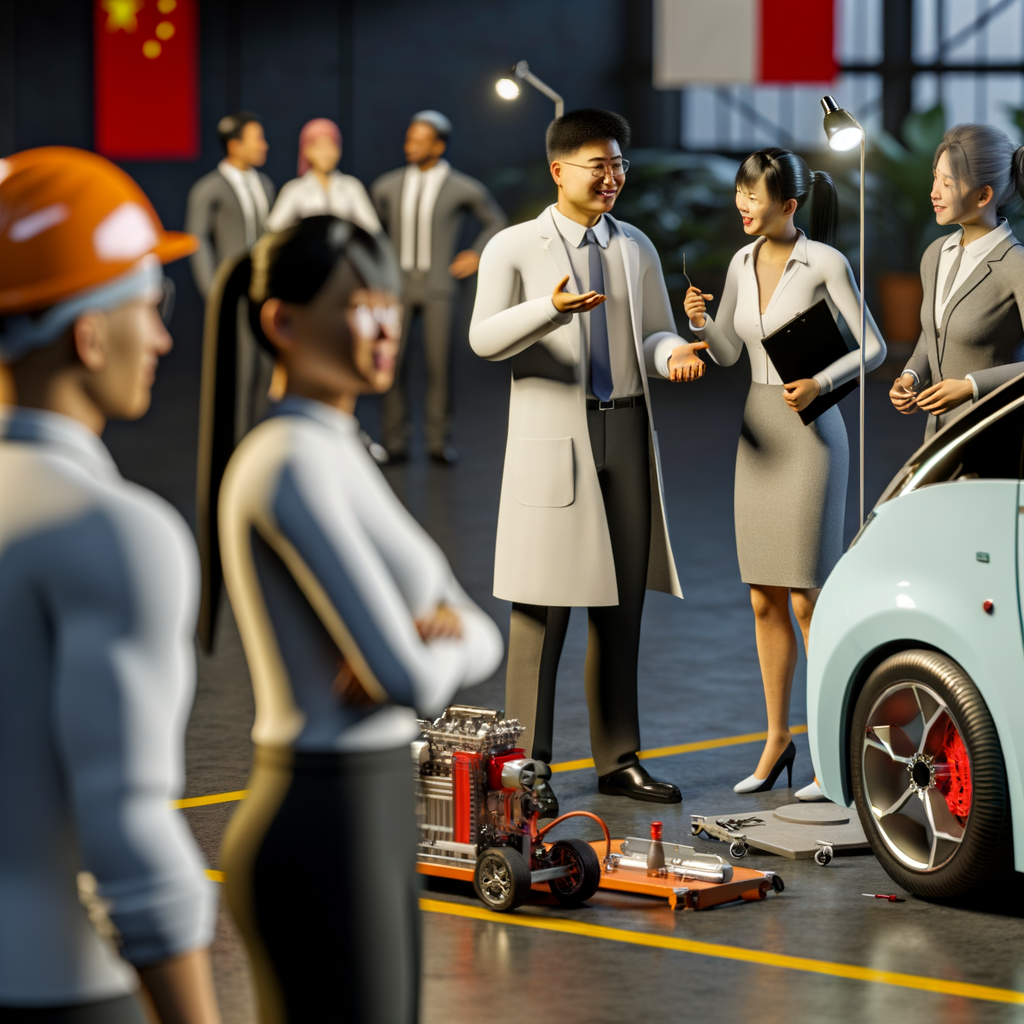
In the race to dominate the global automotive scene, China has emerged as the top player, boasting the largest automotive market in the world. This monumental achievement is underpinned by the country’s growing economy, accelerated urbanization, and an expanding middle class with increasing purchasing power. These factors have created a fertile ground for both domestic car brands and foreign automakers to thrive, fueled further by strategic joint ventures aimed at navigating the intricate regulatory landscape of China’s automotive sector.
Central to China’s automotive dominance is its pioneering role in the development and adoption of Electric Vehicles (EVs) and New Energy Vehicles (NEVs). The shift towards these greener alternatives is driven by a combination of environmental concerns and strong government incentives, positioning China as a global leader in the EV market. This emphasis on innovation reflects not only in the production of EVs but also in the broader context of technological advancements across the automotive industry. From autonomous driving technologies to cutting-edge manufacturing processes, China is at the forefront of revolutionizing how cars are made and driven.
The strategic partnerships formed between foreign automakers and local Chinese companies are crucial for success in this competitive market. These collaborations leverage the strengths of both parties—foreign brands bring advanced technology and expertise, while local firms offer insights into consumer preferences and the regulatory landscape. Understanding these consumer preferences is key, as the Chinese market exhibits a unique blend of demands, including a strong appetite for luxury vehicles, connectivity features, and environmentally friendly options.
Government incentives play a significant role in shaping the market dynamics, encouraging the production and purchase of EVs and NEVs. These policies are part of China’s broader environmental strategy, aiming to reduce pollution levels and mitigate the effects of climate change. By incentivizing the shift towards cleaner vehicles, the government not only addresses environmental concerns but also fosters innovation and competition within the automotive industry.
The competitive landscape of China’s automotive market is dynamic, with domestic and international players constantly striving for a larger share of the pie. Market competition spurs technological advancements and leads to a diverse range of vehicle offerings, catering to the varied tastes and needs of Chinese consumers. The successful players in this market are those that understand and adapt to the evolving regulatory landscape, consumer preferences, and global economic trends.
In conclusion, China’s ascension to the top of the global automotive arena is a testament to its robust economy, strategic partnerships, and forward-looking policies. The country’s focus on electric and new energy vehicles, coupled with its ability to foster innovation through competition, sets a benchmark for the rest of the world. As the largest automotive market globally, China’s influence extends far beyond its borders, shaping the future direction of the automotive industry at large.
In conclusion, the ascent of China to the pinnacle of the global automotive stage is a testament to its burgeoning economy, urbanization, and the strategic maneuvering of both domestic car brands and foreign automakers. As the largest automotive market in the world, China’s influence stretches far and wide, driven by a mix of government incentives, environmental concerns, and a rapidly growing middle class with evolving consumer preferences. The landscape of this market is one of dynamic competition and continuous innovation, with electric vehicles (EVs) and new energy vehicles (NEVs) taking center stage, supported by substantial government backing and a societal push towards sustainability.
Joint ventures have emerged as a crucial strategy for foreign manufacturers to gain a foothold in this lucrative market, navigating the complex regulatory landscape and tapping into the expansive consumer base. Meanwhile, technological advancements continue to propel the industry forward, making strategic partnerships more important than ever for companies aiming to thrive amidst fierce market competition.
Understanding China’s automotive market demands a deep dive into the interplay between consumer behavior, government policies, and technological trends. For companies looking to succeed in this environment, flexibility, innovation, and a keen eye on the shifting sands of consumer demand and government strategy will be key. The future of the automotive industry undeniably lies in mastering the intricacies of the Chinese market, a task that requires not just understanding but an ability to anticipate and act on the trends that will shape the global automotive landscape in the years to come.
